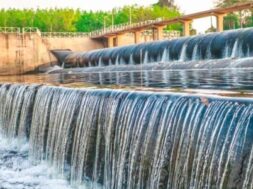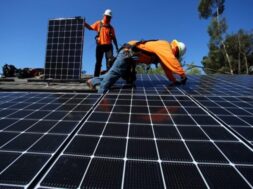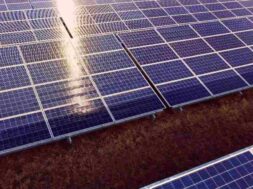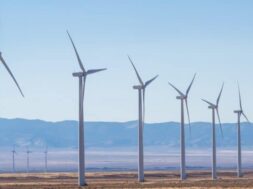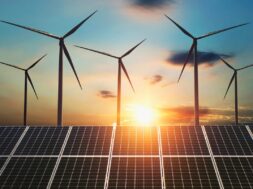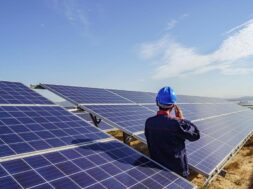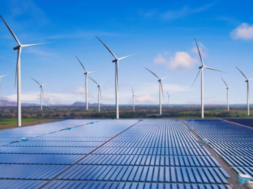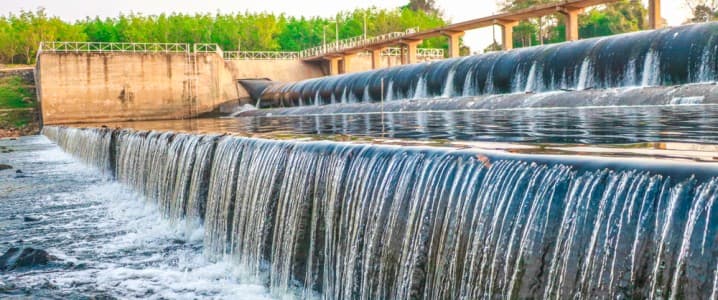
Africa’s hydropower has long been seen as a cornerstone of energy access and economic development, from the new Grand Ethiopian Renaissance Dam to the Kariba Dam, built in the 1950s to serve Zambia and Zimbabwe. But a new study suggests that with the rise of alternative renewables and more climate-driven risk for water resources, up to two-thirds of possible future hydropower plants in Africa are not worth the investment.
The study from Politecnico di Milano researchers in Italy, alongside colleagues from Austria, Belgium, Ethiopia and the United States, found that in most places, the costs of solar and wind power have dropped enough across the last decade that they make a more cost-effective option than hydropower. The work was published in the journal Nature in August.
The limitations of hydropower have been made clear in African nations experiencing drought in recent years, including South Africa. Zimbabwe and Zambia saw cutbacks in 2022 when water levels fell too low to generate usable power, impacting industry as well as home life. Egypt and Sudan, which rely on water from the Blue Nile River, have had escalating political disputes over water resources because of Ethiopia’s hydropower projects.
Total electricity demand is expected to grow by 5 to 6% per year until 2050, mainly in sub-Saharan Africa, and there are currently about 300 new hydropower plants under consideration. Hydropower accounts for about 20% of all power generated today, but the study finds solar and wind are better options for the future.
“Solar energy will emerge as the most appealing technology in the long run, to be prioritized in most African countries,” the researchers said.
Does this mean the end of hydropower? Not entirely. Some projects, especially in Niger and the Nile River basin, are still worth doing in the short term though environmental harms need to be limited. Or, the hydropower dams could work alongside solar and wind resources, as has been proposed for Ethiopia.
But the scientists relied on a detailed energy model to identify the most cost-effective energy systems for African countries through 2050, as they expand access to energy, and the hydropower facilities aren’t among them.
“The window for hydropower in Africa to be a feasible investment is very rapidly closing,” said Sebastian Sterl, professor in Energy Meteorology at Vrije Universiteit Brussel and a senior scientist at the World Resources Institute in Addis Ababa. “Aside from cost-effectiveness, this is generally good news for the environment: it means that many rivers won’t have to be dammed and can keep their natural course.”
Proposed (dashed line) and cost-optimal (bars) capacity expansion for continental Africa and its major river basins under the scenarios considered. In total, 32 to 60% of the proposed capacity is not cost-optimal. More than half of the capacity proposed for the Nile, Congo, and Niger basins is always cost-optimal, whereas the expansion in the Zambezi River basin depends on the considered scenario. The colors of the shaded areas in the map correspond to the river basins represented by each graph.
